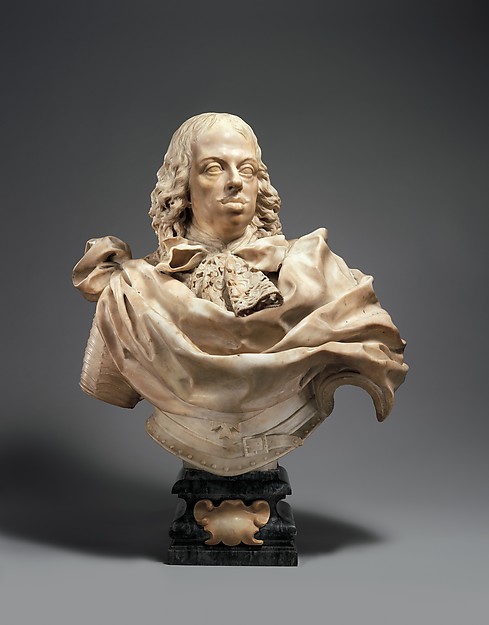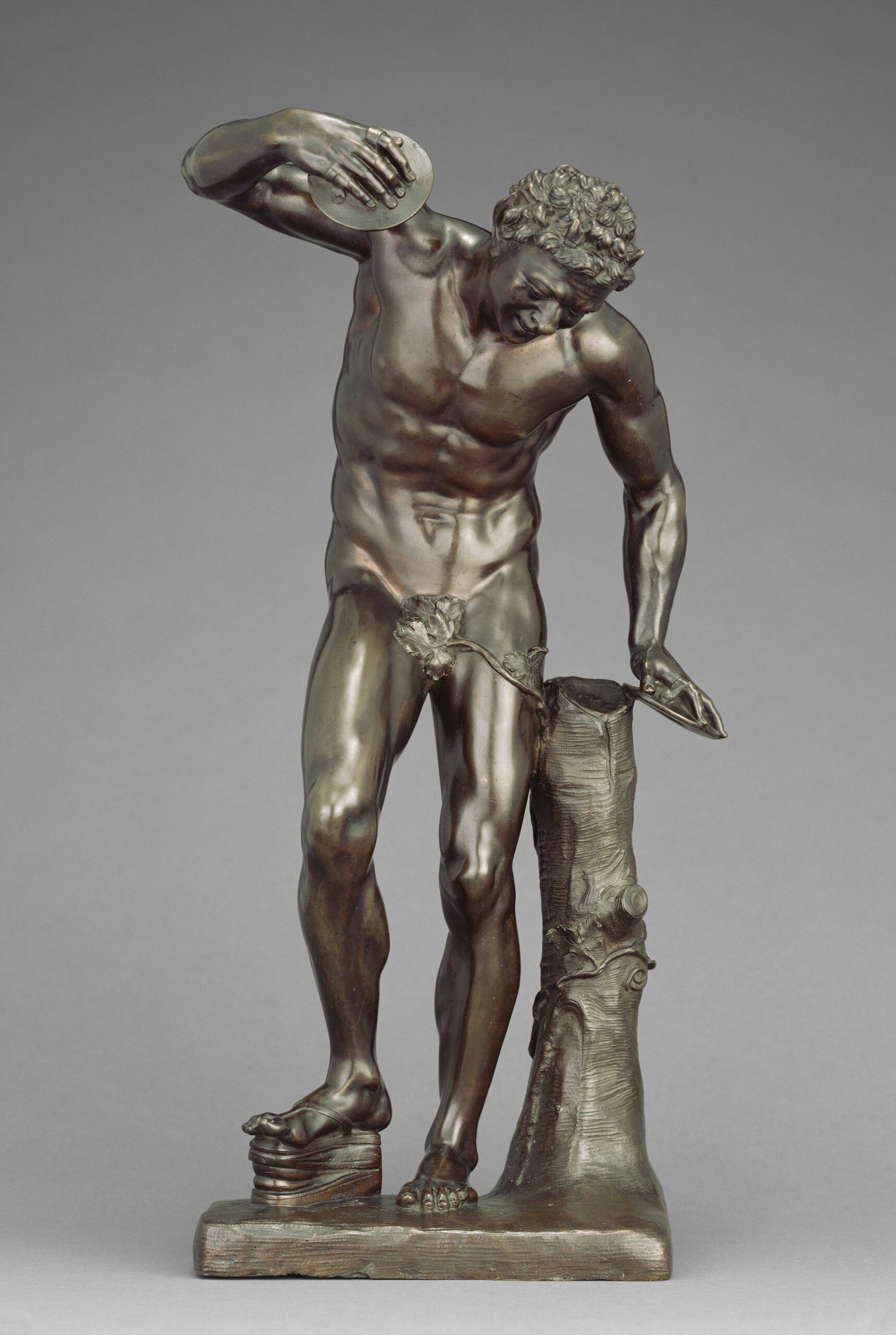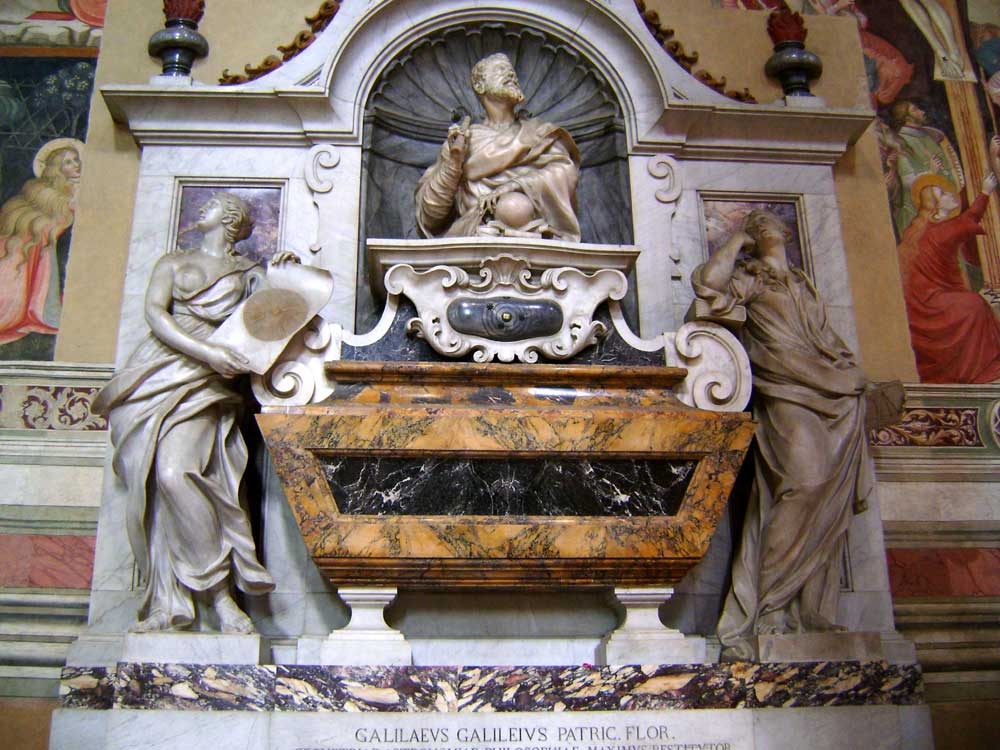Florentine Sculptor Giovanni Battista Foggini was born on 25 April 1652. After training in in Florence, in 1673 the young Giovanni Battista was sent to Rome by Grand Duke Cosimo III to join the new Florentine Academy, directed by the painter Ciro Ferri and the sculptor Ercole Ferrata. His stay in Rome was crucial for his artistic development. Foggini’s late Baroque manner proved indeed to be highly influential in Florence, where he went back in 1676.
Foggini was appointed court sculptor to the Medici in 1686, when he took over the workshop in Borgo Pinti once belonged to Giambologna and then to Pietro Tacca. Foggini produced numerous portraits of members of the grand ducal family, as well as small-scale bronzes with mythological or allegorical subjects, which gained him great success. In 1694, following his architectural works in Palazzo Medici Riccardi, Foggini was appointed court architect. He also became director of the Galleria dei Lavori (now the Opificio delle Pietre Dure), the manufactory for works in hardstone inlay, for which he made many designs.
Foggini died in April 1725 and was buried in Santa Maria del Carmine.
Reference: M. Costantini, FOGGINI, Giovanni Battista, in Dizionario biografico degli italiani, vol. 48, Roma, Istituto dell’Enciclopedia Italiana, 1997.
Cosimo III de’ Medici (1642–1723), Grand Duke of Tuscany, c. 1680-82, MET, New York.
Vittoria della Rovere (1622-1694), c. 1680-85, Uffizi Gallery, Florence.
Decoration of the Feroni Chapel, 1692, Santissima Annunziata, Florence.
Dancing Faun, c. 1700, Getty Museum, Los Angeles.
Time Ravishing Beauty, c. 1700-1725, Los Angeles County Museum.
Tomb of Galileo, 1722-27, Santa Croce, Florence.






